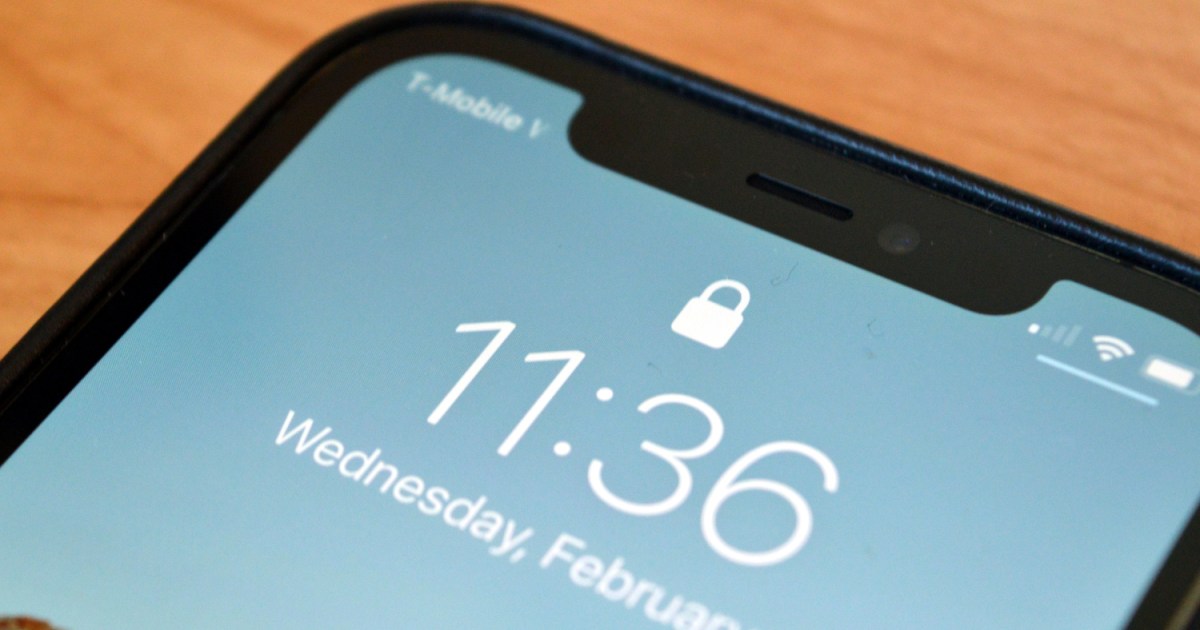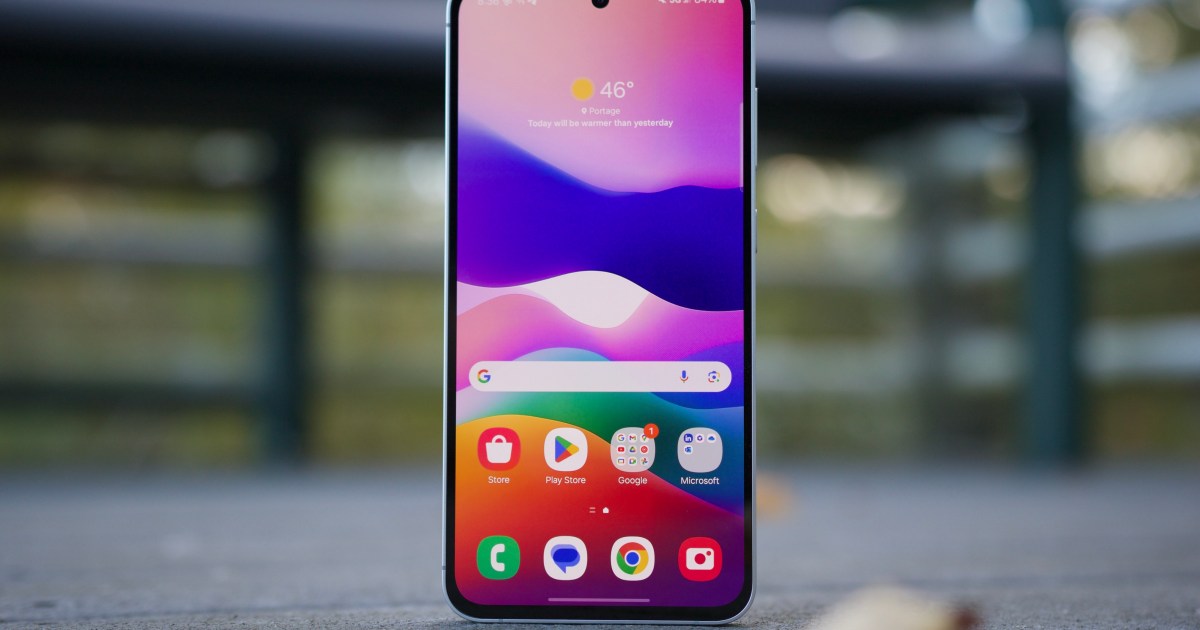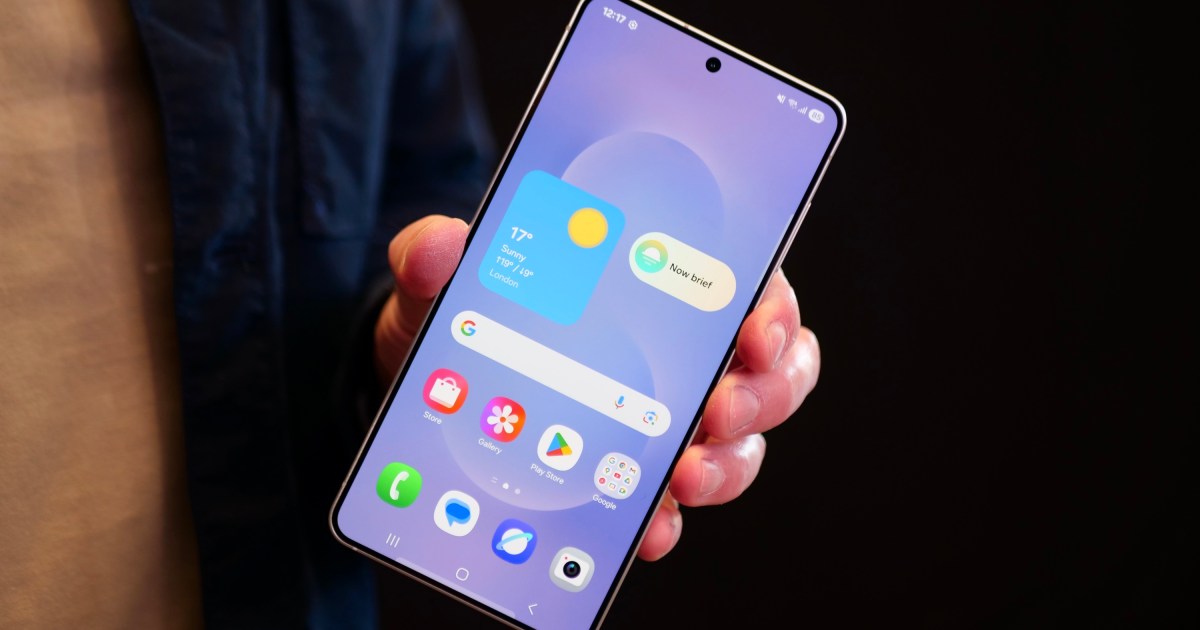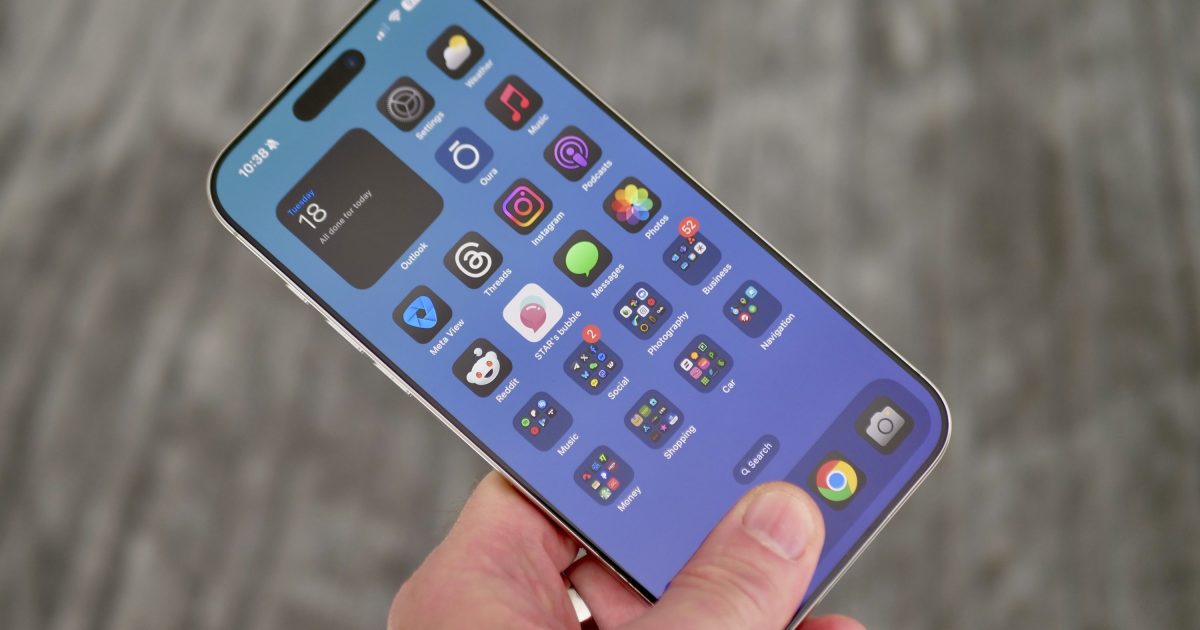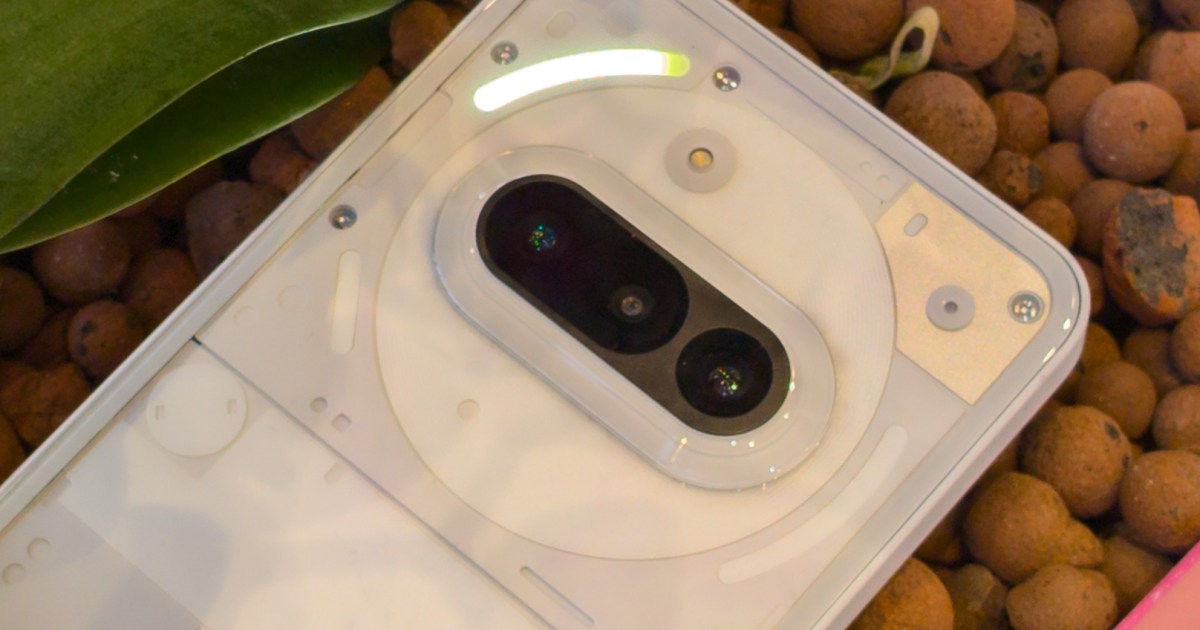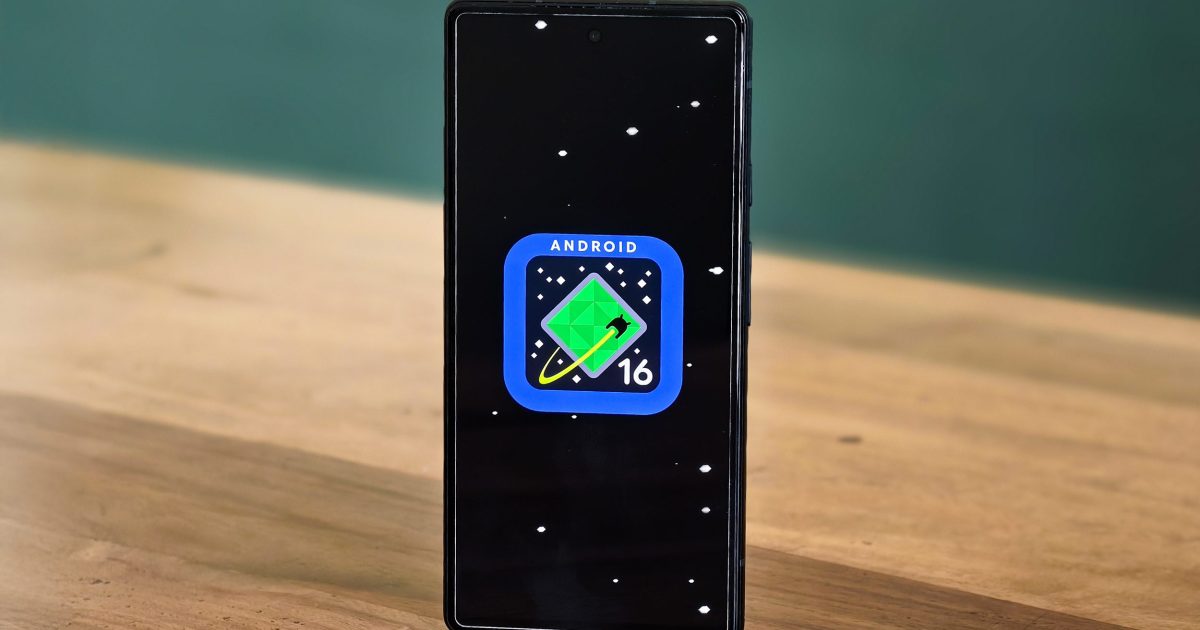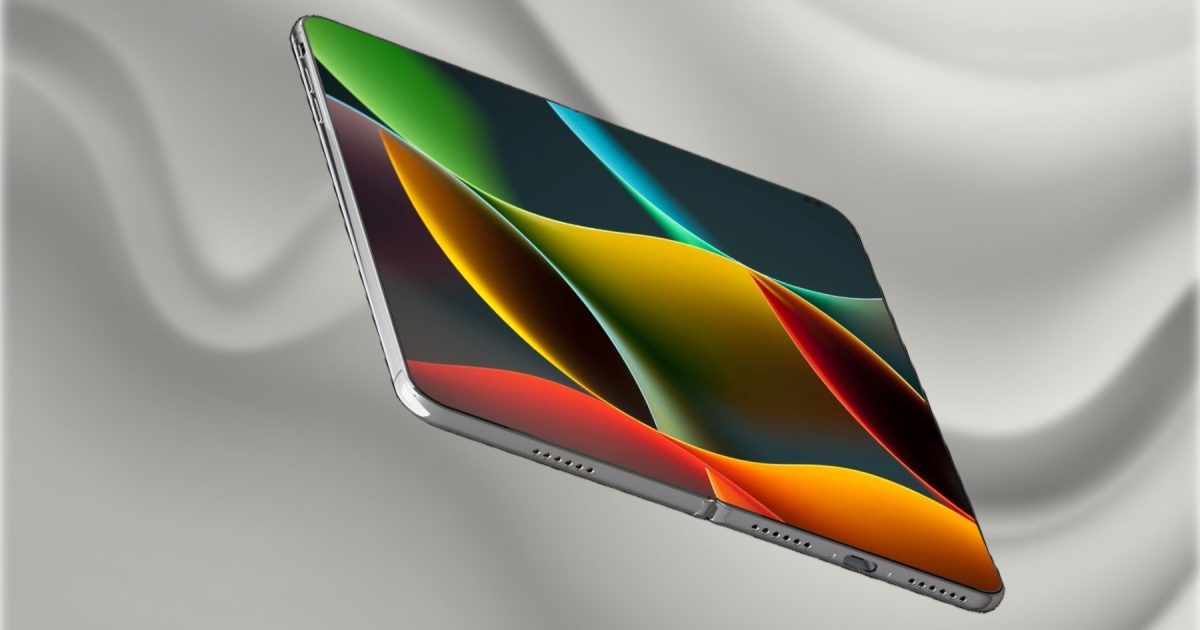Apple’s iPhones are renowned for their sleek design, often prioritizing aesthetics over pure functionality. A prime example is the Face ID system, offering convenient hands-free unlocking but necessitating a noticeable pill-shaped cutout at the top of the display. However, recent developments suggest Apple might be preparing to eliminate this cutout while retaining Face ID functionality by integrating the necessary sensors beneath the screen. This advancement could reduce the front camera to a small corner cutout, finally doing away with the pill-shaped design.
This exciting prospect stems from insights shared by Ross Young, VP at Counterpoint Research, on X (formerly Twitter). He highlighted an announcement at the Society for Information Display conference, quoting OTI Lumionics CEO Michael Helander’s prediction: “At the SID Business Conference today, OTI Lumionics CEO Michael Helander confirmed that they expect phones with under panel Face ID using their materials to be available for sale in 2026,” Young wrote. “This suggests that iPhone 18 Pro models will have under panel Face ID with other brands and models to follow…”
Under-Display Face ID: A Technological Hurdle
Rumors surrounding under-display Face ID have intensified recently, with several leaks pointing towards its inclusion in the iPhone 18 Pro. Implementing this technology presents a significant engineering challenge for Apple. While traditional front-facing cameras readily create 3D facial maps using infrared dots, achieving this through a high-pixel-density OLED display, like those used in iPhones, is considerably more complex. The infrared signals must effectively penetrate the display without significant interference.
Apple’s Patent and Expected Timeline
Apple secured a patent last year for camera placement behind an active display, indicating ongoing research in this area. Given the substantial redesign required, this technology won’t appear in the upcoming iPhone 17 series. Instead, the iPhone 18 series, anticipated for release in 2026, is the most likely candidate for this innovative feature.
The Future of iPhone Design
This potential shift to under-display Face ID signifies Apple’s ongoing pursuit of a truly seamless display experience. By overcoming the technical challenges involved, Apple can maintain its signature sleek design while enhancing user experience. The iPhone 18 Pro, if these predictions hold true, could mark a significant step forward in smartphone design.



